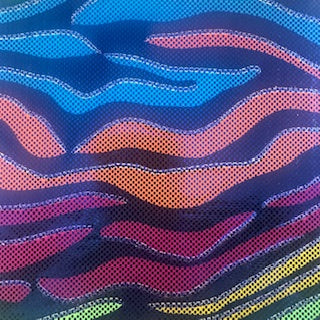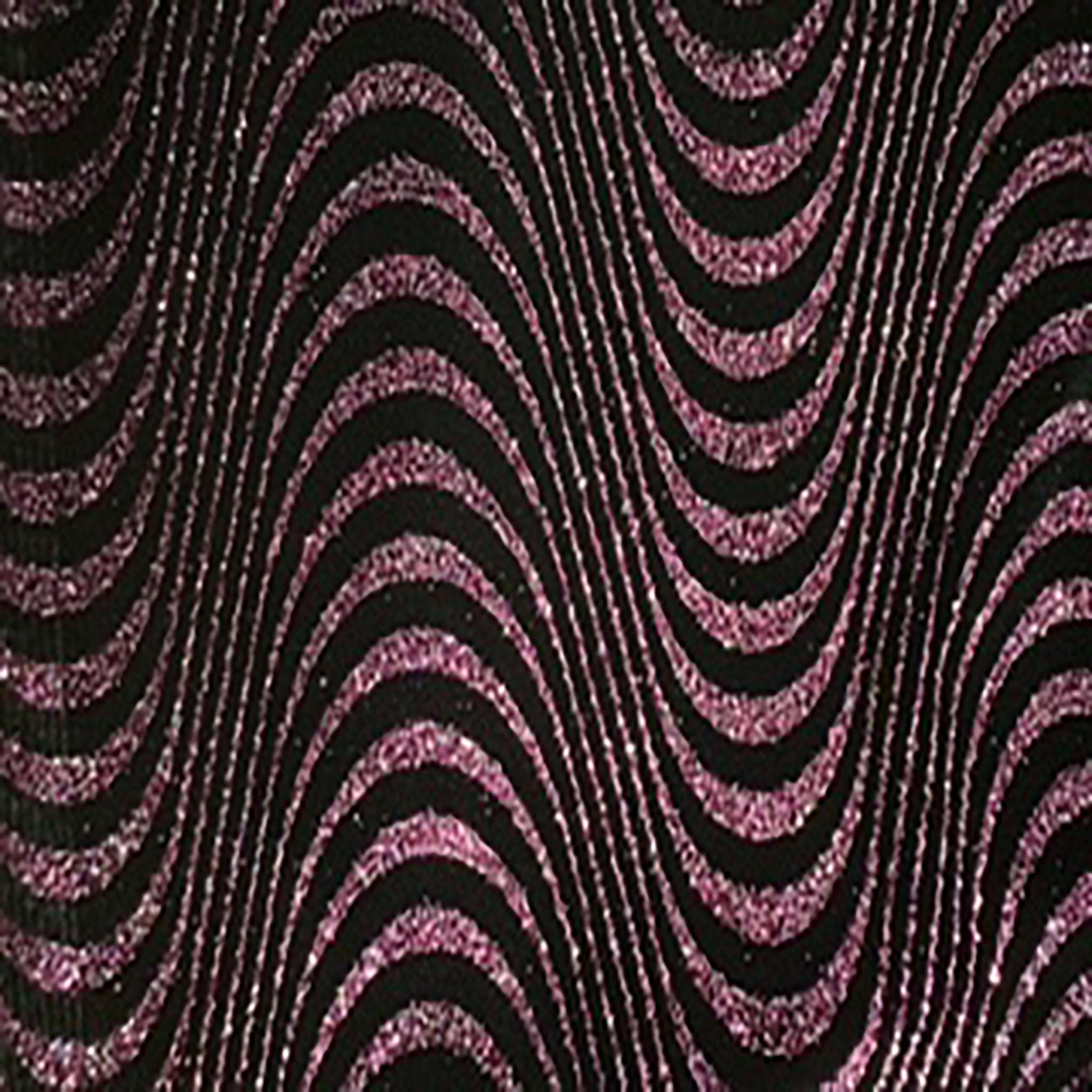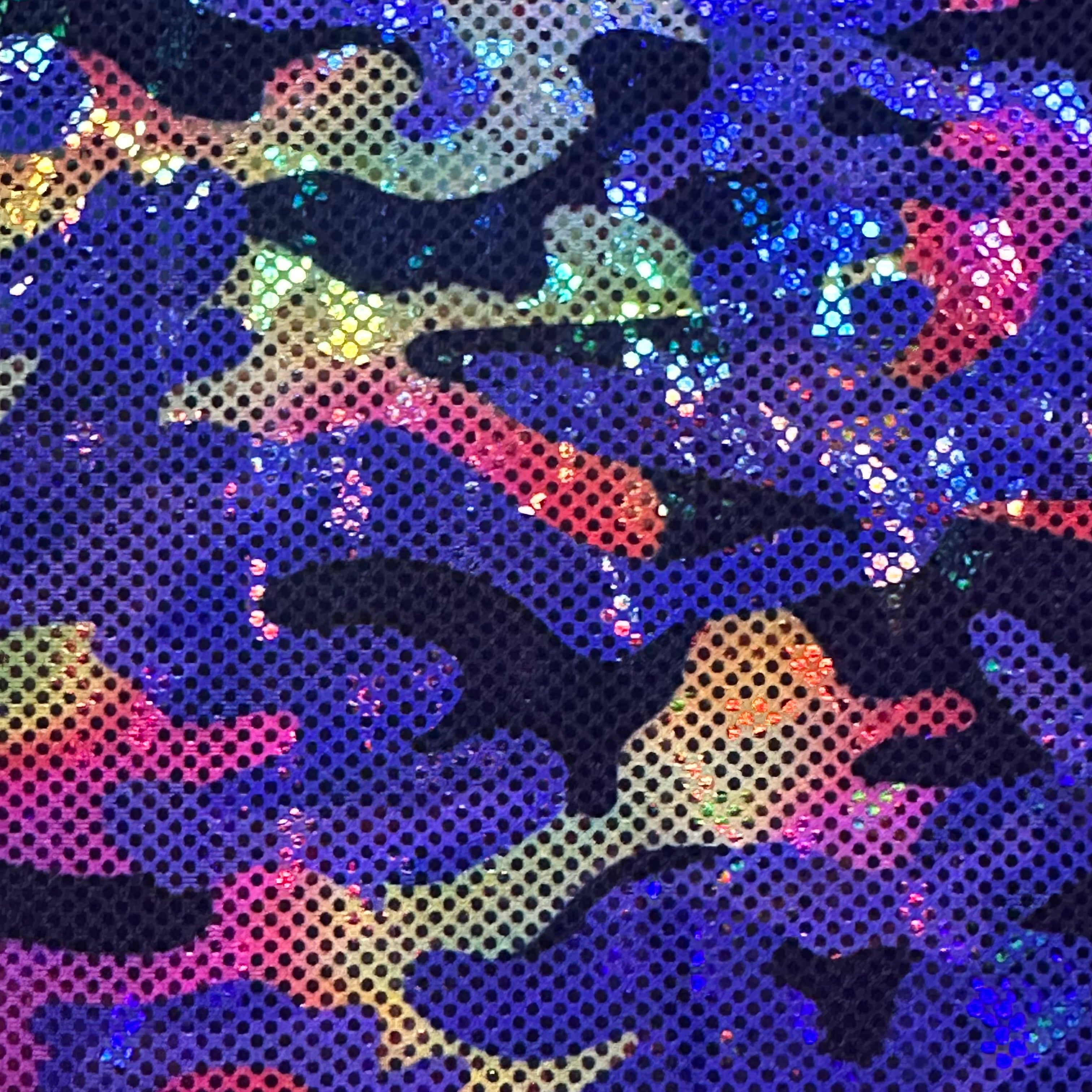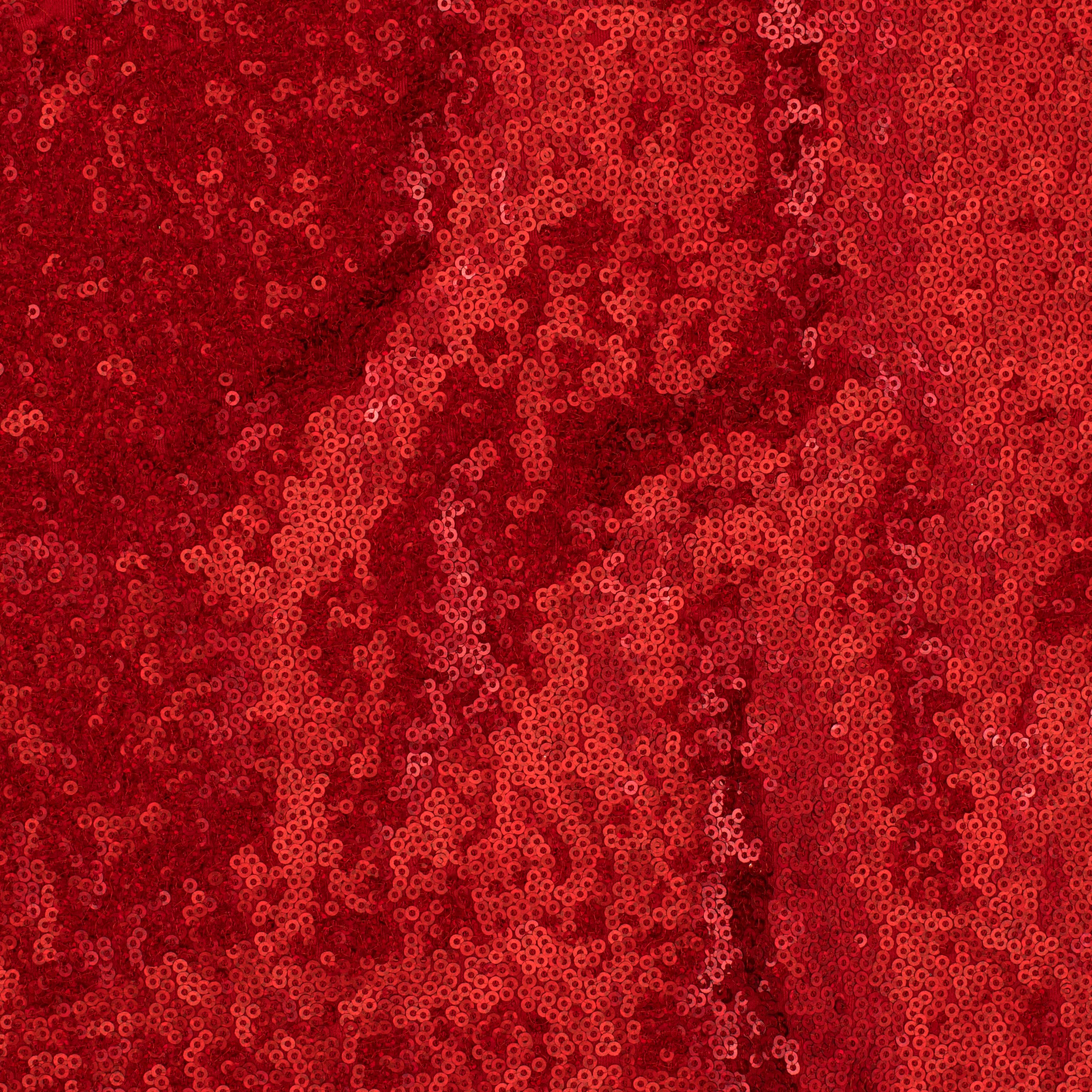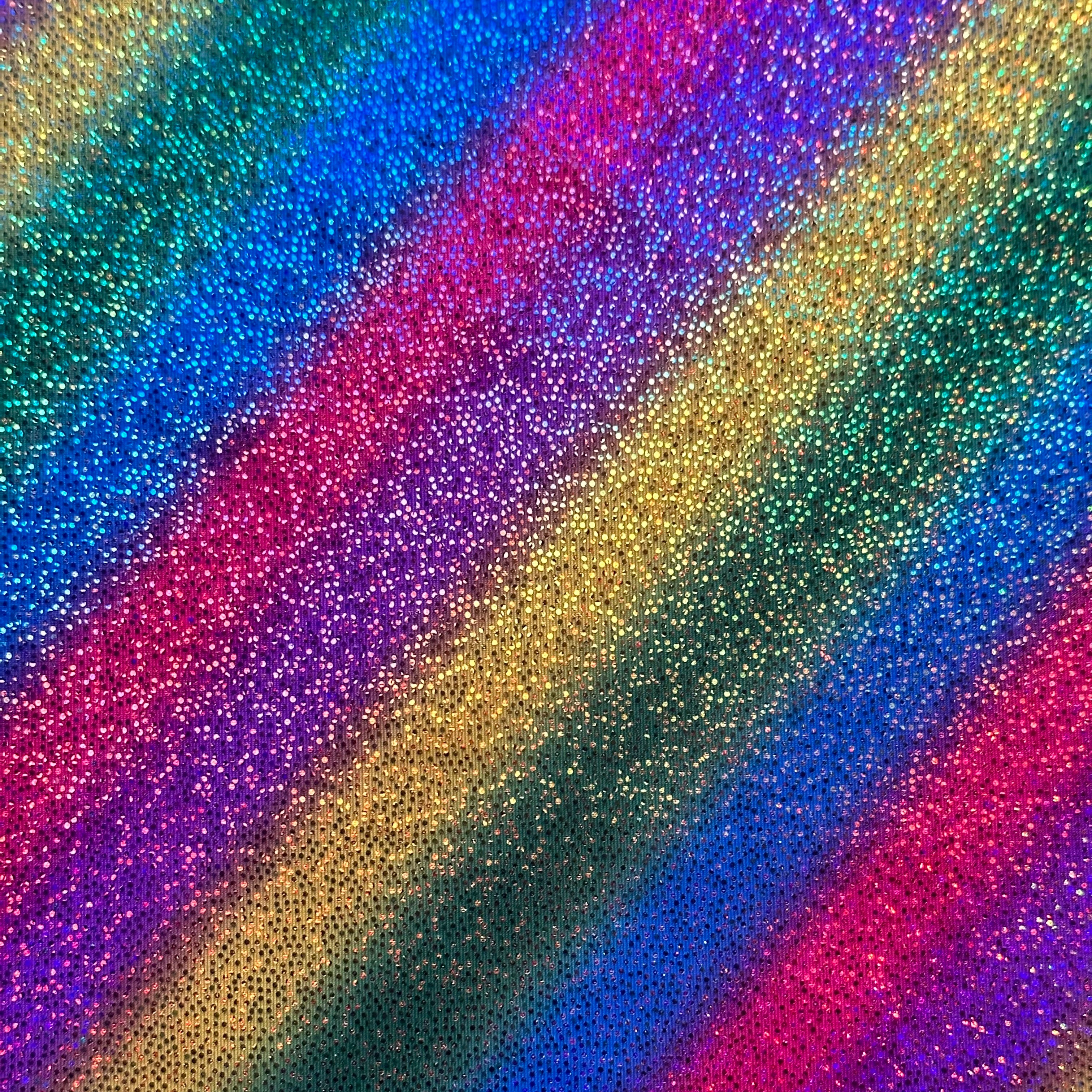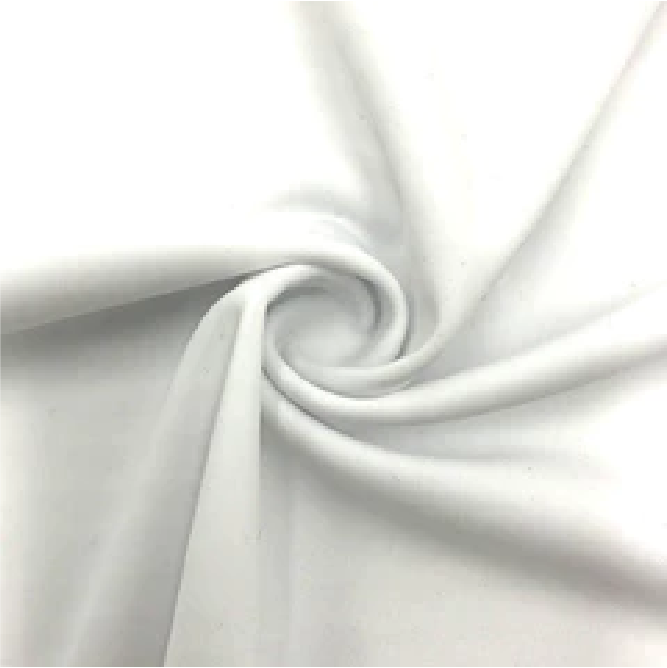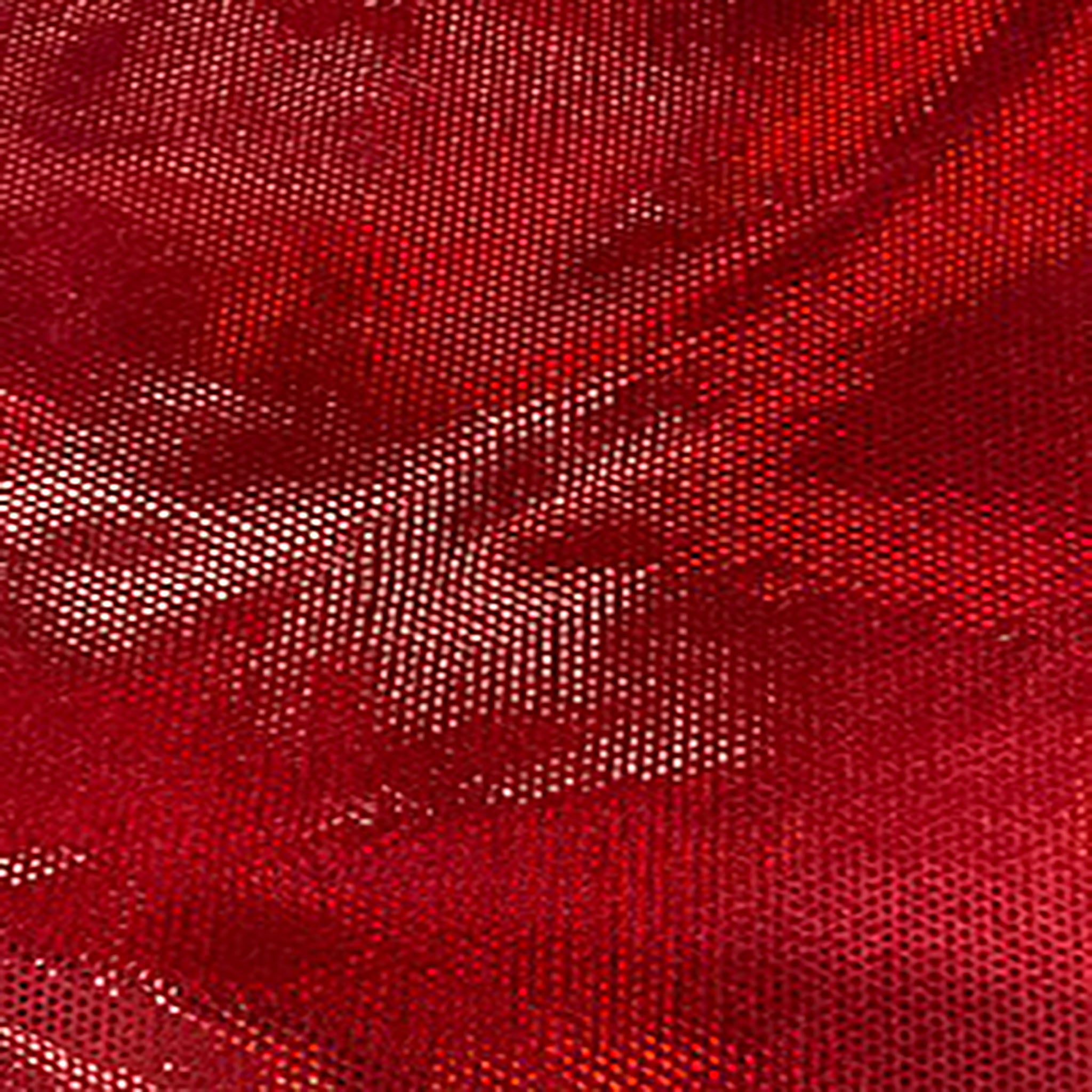Nylon Spandex, a popular and versatile fabric, is known for its exceptional stretchiness. Its ability to stretch and recover is a result of its unique composition. Let's explore what makes Nylon Spandex stretchy:
-
Spandex (Elastane) Fiber: The primary contributor to the stretchiness of Nylon Spandex is the inclusion of spandex fibers. Spandex, also known as elastane in some regions, is a synthetic elastomeric fiber that can be stretched significantly and then return to its original length. It's this spandex component that gives the fabric its exceptional elasticity.
-
Fiber Blend: Nylon Spandex is a blend of nylon and spandex fibers. Nylon is known for its durability and strength, while spandex provides the stretch. When these two fibers are combined, they create a fabric that marries the best of both worlds. The nylon component offers toughness, which prevents the fabric from tearing or losing its shape under tension.
-
Stretch and Recovery: Spandex fibers are capable of stretching up to several times their original length and bouncing back to their original shape without losing elasticity. This ability to recover its shape is crucial for maintaining the garment's fit and preventing sagging or bagging over time.
-
Fabric Construction: The way the fibers are woven or knitted in the fabric's construction also plays a role in its stretchiness. Different weaves or knitting patterns can affect the degree of stretch and recovery. Fabrics designed for high-stretch applications like activewear or swimwear are often engineered to maximize these properties.
- Elastic Thread: In some cases, elastic threads are incorporated during the fabric's production. These threads can run along with the spandex fibers, further enhancing the fabric's stretch and recovery.
-
Dyeing and Finishing Processes: The dyeing and finishing processes can also impact the stretchiness of the fabric. Special finishes or treatments may be applied to enhance or modify the fabric's stretch characteristics.



